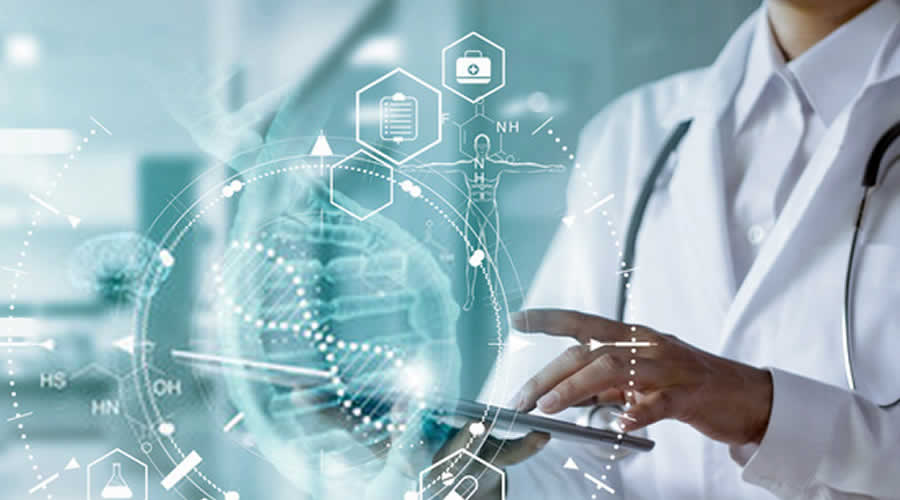Modern technology has paved the way for many innovative solutions that have changed the way we live today — from boosting accessibility to widespread digitalization. But despite its positive impact on the development of our society, it has also brought some unique challenges to the table, especially when it comes to our healthcare system.
Recently, researchers found a sudden surge in healthcare cyberattacks by over 55% in 2020, which could potentially affect approximately 26 million people in the United States. Hackers often use the data they have gathered from the medical records to steal identities or set up scams, which have created a $13.2 billion industry, with an average data breach cost of $49 per record. On the other hand, 67.3% of these incidents were caused by hacking and other IT exploitation, wherein 24.1 million of those were directly related to these attacks.
Although cyberattacks in the healthcare industry have already existed in the past, the number of cases only began to increase in 2018. Unfortunately, the spike in sensitive data loss is mostly linked to the cloud migration, software development, and digital transformation of healthcare records. To overstep security issues, there are many software development companies that offer healthcare solutions. The big question is, how should the healthcare-tech industry address these cybersecurity problems?
Contents
Employees’ Access to Healthcare Information
Mishandling of patients’ records, which often contain personal, medical, financial, and other sensitive data, is probably the most common threat in the realm of healthcare cybersecurity. Since employees often have free access to these important documents, they can easily steal the data in the records or withing the frame of medical data analysis software without raising any suspicions. Sadly, they can walk away with confidential information, including credit card numbers, as well as social security and demographic details.
To avoid this issue, educating employees is a must to help secure all of the healthcare information that the patients have entrusted to them. Conducting regular briefings and training sessions, for instance, are an effective way to teach staff the importance of cyber safety.
Phishing Attempts and Malware
It only takes a seemingly legitimate link to plant malicious scripts on a device or steal important login credentials, especially when hackers utilize sophisticated systems or schemes. Typically, these technophiles use this technique by sending emails to those who mistakenly click the bait links.
As a rule of thumb, reputable companies do not ask for sensitive information through email. Thus, healthcare techs should recognize these cybercrime tactics right away to avoid dealing with much bigger problems later on. Establishing both online and physical security protocols is also necessary to ensure that nobody will mess up with the patients’ records.
Outdated Software
Hackers will take advantage of any opportunity to steal information from any flawed system with outdated software or unsecured access points. The easiest way to prevent these cybercriminals from their wicked plan is to make it a habit to update the software installed on your machines or devices. If possible, create a two-factor authorization or change your passwords regularly.
Unsecured or Lost Mobile Devices
Unlike other computing machines, mobile devices are more prone to malware and cybersecurity attacks since they often do not meet safety standards. Once lost or stolen, these devices may also end up in the wrong hands, which may put the system in jeopardy. Moreover, unused devices for disposal may pose some risks since hackers may try to salvage the information stored in them.
Thus, having strict rules regarding the use of mobile devices should be clearly emphasized to users and employees. Proper disposal of the hardware that contains medical records should also be observed to keep all the data safe.
While getting rid of cyber hacking may seem like a tough shell to crack, securing healthcare information is possible by paying more attention to the safety protocols and educating employees about proper data management.


